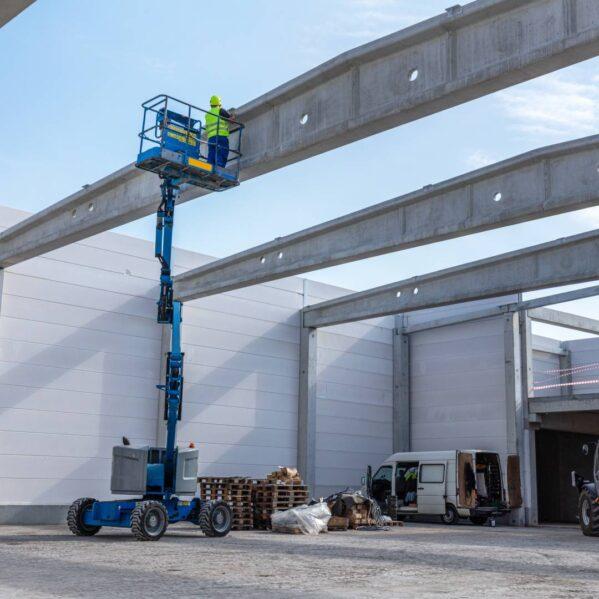Elevating Work Platforms (EWPs) are essential tools in various industries for reaching heights safely and efficiently. Whether you’re using a scissor lift, boom lift, or any other type of EWP, ensuring the safety of operators and bystanders is paramount. Adhering to best practices can significantly reduce the risk of accidents and promote a safe working environment. In this blog, we’ll explore key safety guidelines and practices for operating EWPs.
1. Proper Training and Certification
Operators of elevating work platforms should undergo comprehensive training and obtain the necessary certifications. Training should cover equipment operation, safety procedures, emergency protocols, and maintenance guidelines. Regular refresher training should be provided to ensure operators are up-to-date with the latest safety standards.
2. Pre-Operational Checks and Inspections
Before operating an EWP, conduct a thorough pre-operational check. Inspect the equipment for any visible damages, leaks, loose parts, or unusual noises. Ensure all safety features, controls, and emergency mechanisms are functioning correctly. Address any issues before using the platform.
3. Personal Protective Equipment (PPE)
Always wear appropriate PPE, including a hard hat, safety harness, non-slip footwear, and high-visibility clothing. PPE significantly reduces the risk of injuries and enhances overall safety when operating in elevated positions.
4. Stability and Level Ground
Ensure the EWP is placed on stable, level ground to prevent tipping or instability. Avoid operating on uneven or sloped surfaces unless the equipment is designed for such conditions.
5. Load Capacity and Distribution
Adhere to the specified load capacity of the EWP. Distribute the load evenly across the platform and avoid exceeding the recommended weight limits. Make sure to account for the weight of tools, equipment, and personnel.
6. Safe Operating Procedures
Follow the manufacturer’s guidelines and recommendations for operating the specific EWP model. Avoid abrupt movements, sudden accelerations, or sharp turns. Always use the controls smoothly and maintain a safe speed.
7. Fall Protection and Guardrails
Utilize guardrails and fall protection systems provided by the EWP manufacturer. Never lean over the guardrails or attempt to reach beyond the safe working area of the platform.
8. Communication and Signaling
Establish explicit ground staff and operator communication standards. Use hand signals or radios to ensure effective communication during operations. Always confirm signals before proceeding with any actions.
9. Weather Considerations
Avoid operating EWPs in adverse weather conditions such as high winds, lightning, heavy rain, or snow. Inclement weather can compromise the stability and safety of the equipment.
10. Emergency Preparedness
Be familiar with emergency procedures and know how to safely lower the platform in case of a power failure or other emergencies. Have an emergency plan in place and ensure all personnel are aware of the procedures.
Conclusion
Operating elevating work platforms requires strict adherence to safety guidelines and best practices. By investing in proper training, conducting pre-operational checks, using PPE, and following safe operating procedures, operators can significantly reduce the risk of accidents and ensure a safe working environment. Remember, safety should always be the top priority when working with elevating work platforms.



